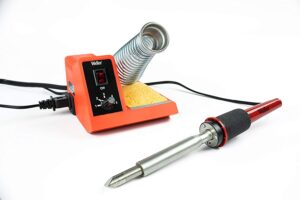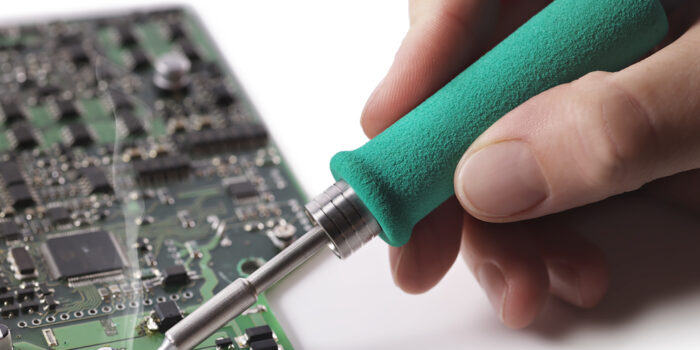Soldering is a technology for bonding materials, known at least 3,000 BC. It might seem that the passing of time allowed mankind to learn all the secrets of the soldering process. It turns out, however, that nothing could be more wrong. As assured by the engineering, technical and scientific environments, soldering has development prospects ahead of it. What can be said about these projects for the future today?
The use of soldering in the manufacture of goods
Soldering is used in many areas, from hydraulics, through electronics, metalwork, to the production of kitchen utensils, jewelry, and even the performance of musical instruments. This fact is closely related to the most important advantage of soldering, which is the possibility of joining materials with different properties, e.g. steel-ceramic joints. Requirements for soldered joints are related to durability, tightness and very good electronic conductivity.
Determinants of industries that use soldering
The boom in industries, such as automotive, aviation and space science, and especially the electronics industry, contributed to the development of soldering processes. The evolution of soldering was and continues based on the improvement of previously known methods as well as the design and implementation of innovative, completely new technologies. It is estimated that soldering will develop dynamically in the future. This phenomenon will be favored by the tendency to miniaturization in industry, which is guided by the idea of small, yet complex and strong products. Industrial plants that use soldering techniques in their manufacturing processes cannot compromise the above-mentioned conditions of running a business, due to the increased competitiveness in the industry. Entrepreneurs must offer their products or solutions based on their best results and the greatest possible power and perfect precision. They should also consider another kind of factor, namely the economic calculation of costs.
Future-oriented, but contemporary problem areas
The directions of development and optimization of soldering processes are mainly determined by the following thematic areas:
- creating models of soldering processes,
- implementation of automation and robotization of processes in soldering technology,
- new materials or material systems, with irregular and problematic shapes, e.g. foil or elements with honeycomb structural conditions,
- refraining from using flux (a compound that affects the ease of soldering; chemically cleans the surfaces of soldered elements),
- new types of solders and fluxes (taking into account pro-ecological and economic trends),
- ways of preparing the surface of elements for connection,
- ways of placing solder and flux on the surface of elements,
- development of standardization and standardization systems for soldering processes,
- development of methods of quality control of soldered joints, taking into account efforts to obtain soldered joints of the highest possible quality.
Soldering, an alternative to other welding technologies

In reality, there is a chance that soldering will become an alternative to other bonding technologies. The possibility of obtaining a connection between multi-faceted different elements (type, shape, size, weight, etc.) often determines the advantage of soldering over other technologies in certain situations. Improving soldering processes may contribute to even greater popularity of this technology.


